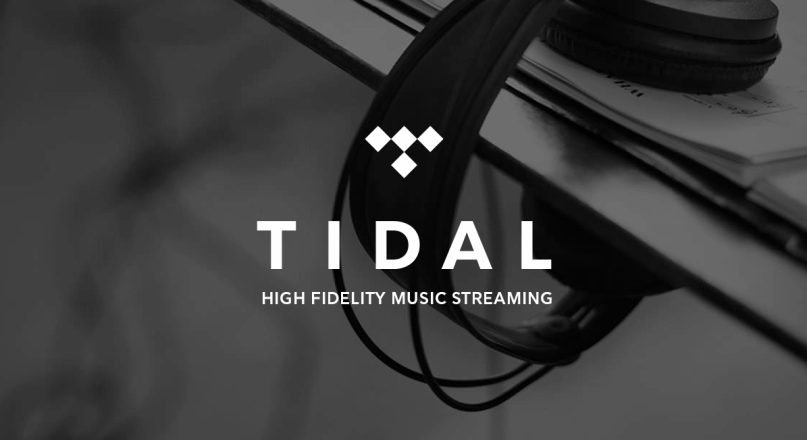From cassette tapes, to Walkman, to MP3 players and now iPods and smartphones, the way we listen to music is constantly evolving as the way we get our music changes. With such advances in technology, downloading music may become a thing of the past.
Apple Music is the third major company to introduce a new platform for listening to music not involving purchasing single songs, as platforms like iTunes do.
You may know of Apple Music from its controversy with Taylor Swift. Swift publicly wrote a letter criticizing the company for not paying artists during members’ three-month trial periods. Apple changed its payment policy to artists after receiving the letter.
Apple Music offers Internet radio by Beats 1, a blogging platform called Connect where artists can share exclusive media with fans and also a recommendation feature of music chosen just for you.
According to their website, Apple Music offers a $9.99 per month single package, or a $14.99 a month family package where up to six members can use the site with a three-month trial period each.
“I’m not that impressed because it force closes a lot, it’s expensive and all of the radio stations censor the music,” said Sadie Ballard, a physiology sophomore.
Ballard does not plan to purchase Apple Music after her free trial ends and instead will go back to using her Google Play Music account.
Tidal, another streaming platform, launched in 2014 by a Norwegian company, Aspiro. Famous rapper and producer Shawn “Jay Z” Carter bought it in early 2015.
Like Apple Music, Tidal is a company that offers a single monthly rate for access to unlimited music.
Tidal offers a feature unlike Apple called “high fidelity sound,” which, according to the Tidal website delivers “music to your ears the way the artists and producers intended it to be heard.”
This feature can be purchased for $19.99 per month, or a lower quality for $9.99 per month. Both including a 30-day free trial period.
Tidal offers access to music, videos, tickets, merchandise and interviews, and even has a feature where users can import other music into their Tidal music libraries.
Tidal also features Tidal X, where artists connect with fans through Tidal, and Tidal Rising, which helps introduce upcoming stars to Tidal subscribers.
“It looks really cool, and I would probably use Tidal,” said Anne Vient, a senior studying retail and consumer sciences. Vient currently pays for Spotify Premium monthly.
Spotify is the oldest out of the three unlimited streaming platforms. It was the true original for this new way of listening to music. Spotify began in 2006 in Sweden and expanded their service to the U.S. in 2011.
Spotify offers phone, computer and tablet accessibility with a free or premium payment option. For free, users can create an account, build playlists and browse new music with a shuffle only mode, advertisements, a limited number of skipping songs and no offline mode.
“I like the playlists they have for every mood,” said Courtney Burns, a pre-business sophomore.
With a Premium account, users pay $9.99 per month and families pay $9.99 per month, plus 50 percent off each additional family member. Spotify also offers a student discount for Premium members, where the cost is reduced to $4.99 per month.
Burns currently uses Spotify’s free music streaming service and does not plan to purchase the premium package, because she isn’t ready to pay monthly.
Spotify Premium users gain access to the entirety of Spotify’s music library free of advertisement and with unlimited song skipping. They are also free to choose songs and use an offline mode for when no Internet is available.
All three of these platforms offer offline modes, discovery options for new music and personalized radio stations for members.
Music will always be around, and the way we listen only continues to evolve. Its quick evolution continually leaves us guessing: what’s next for the music industry?
Follow Reina Morrison on Twitter.









